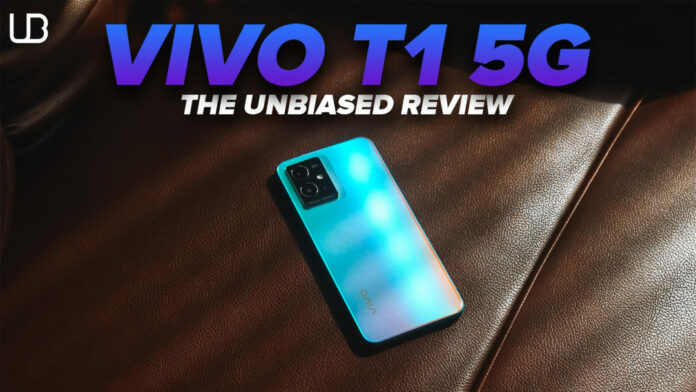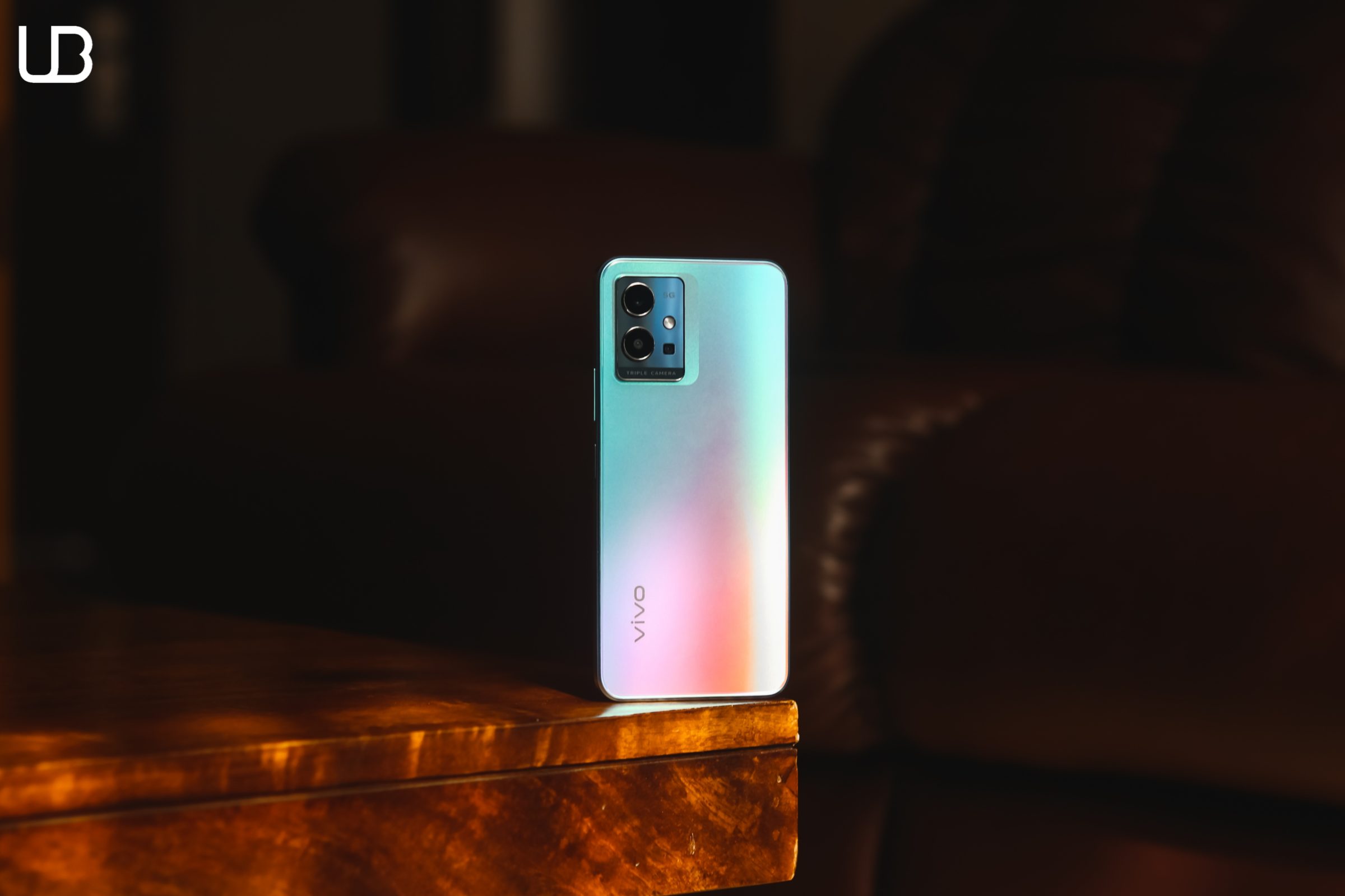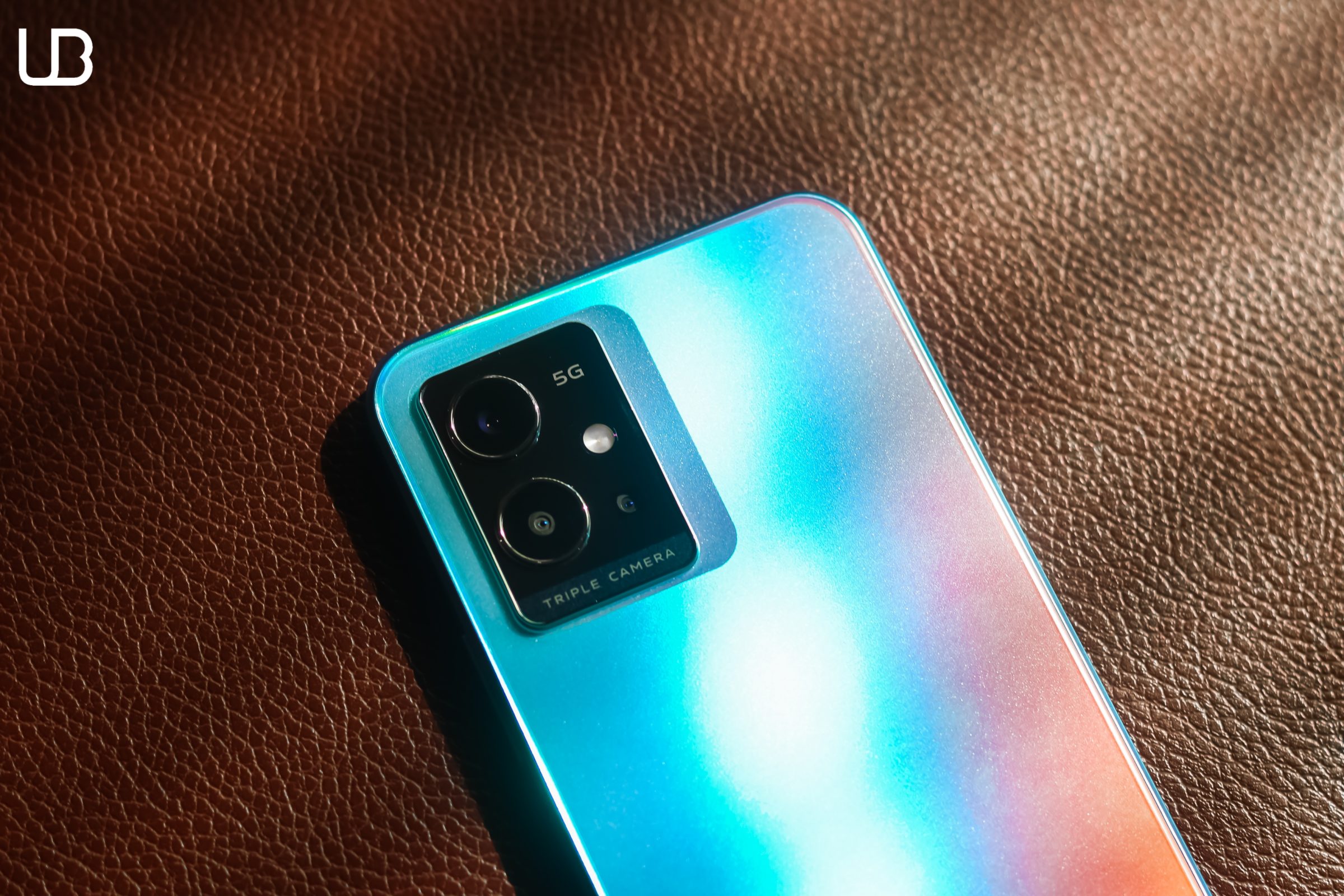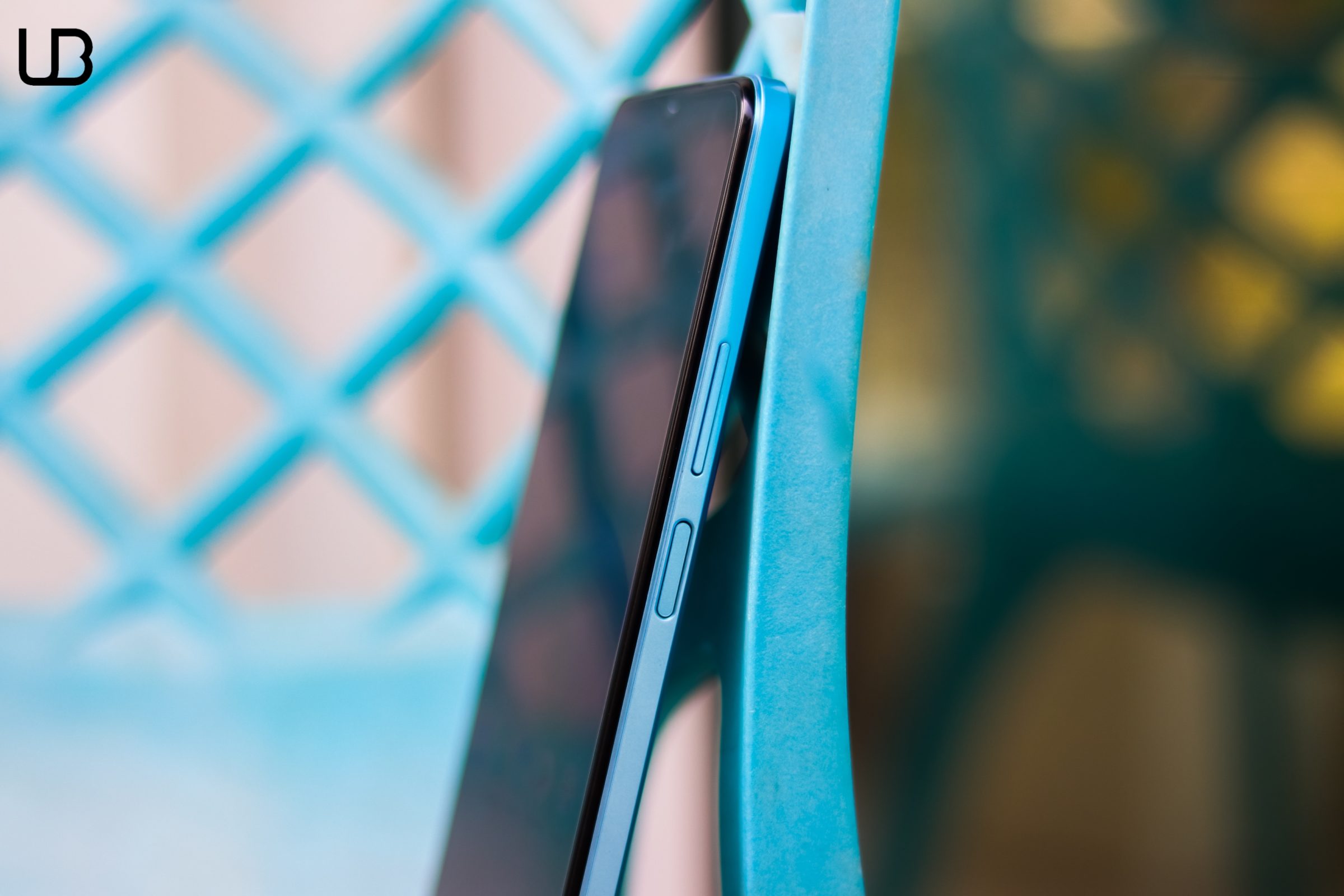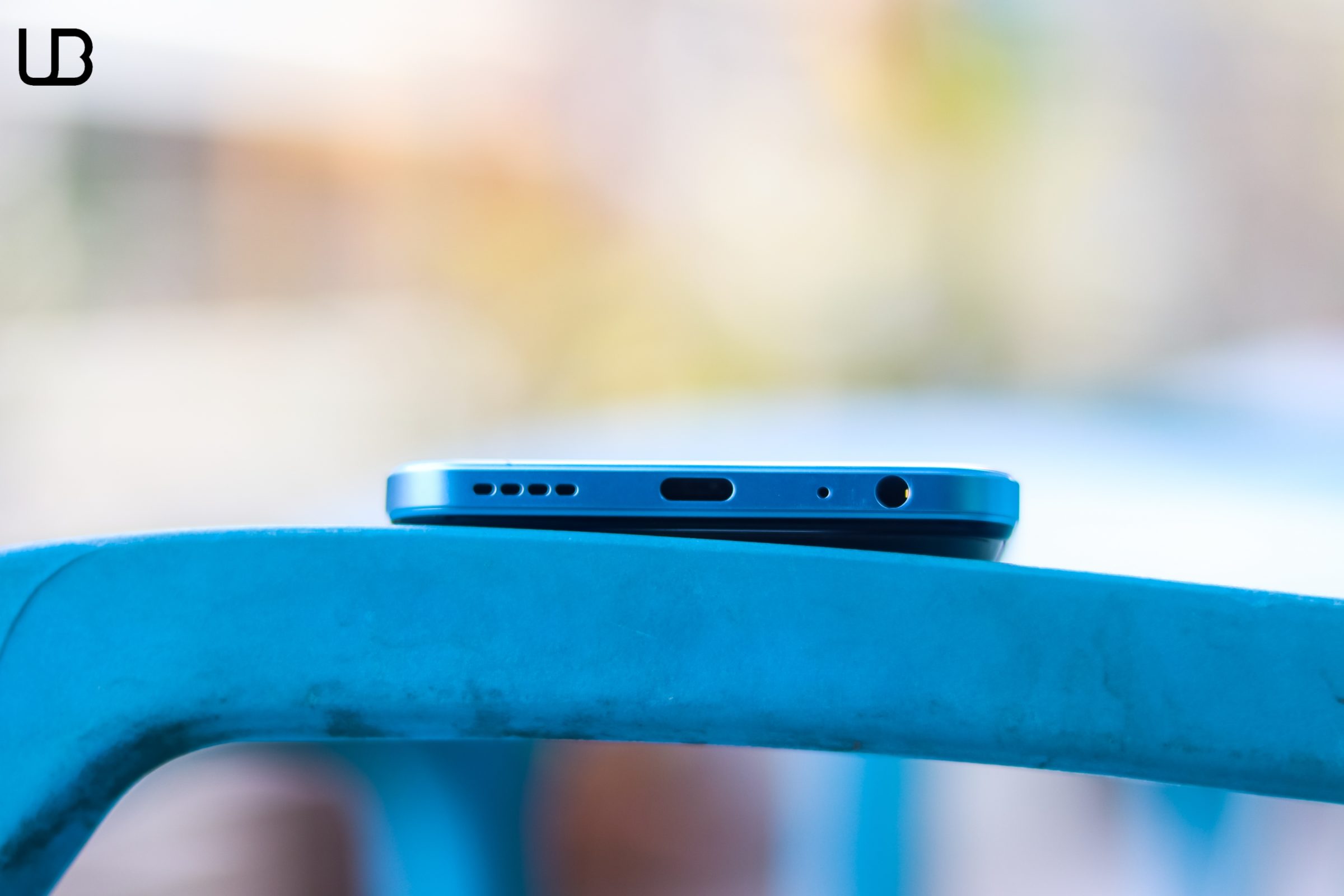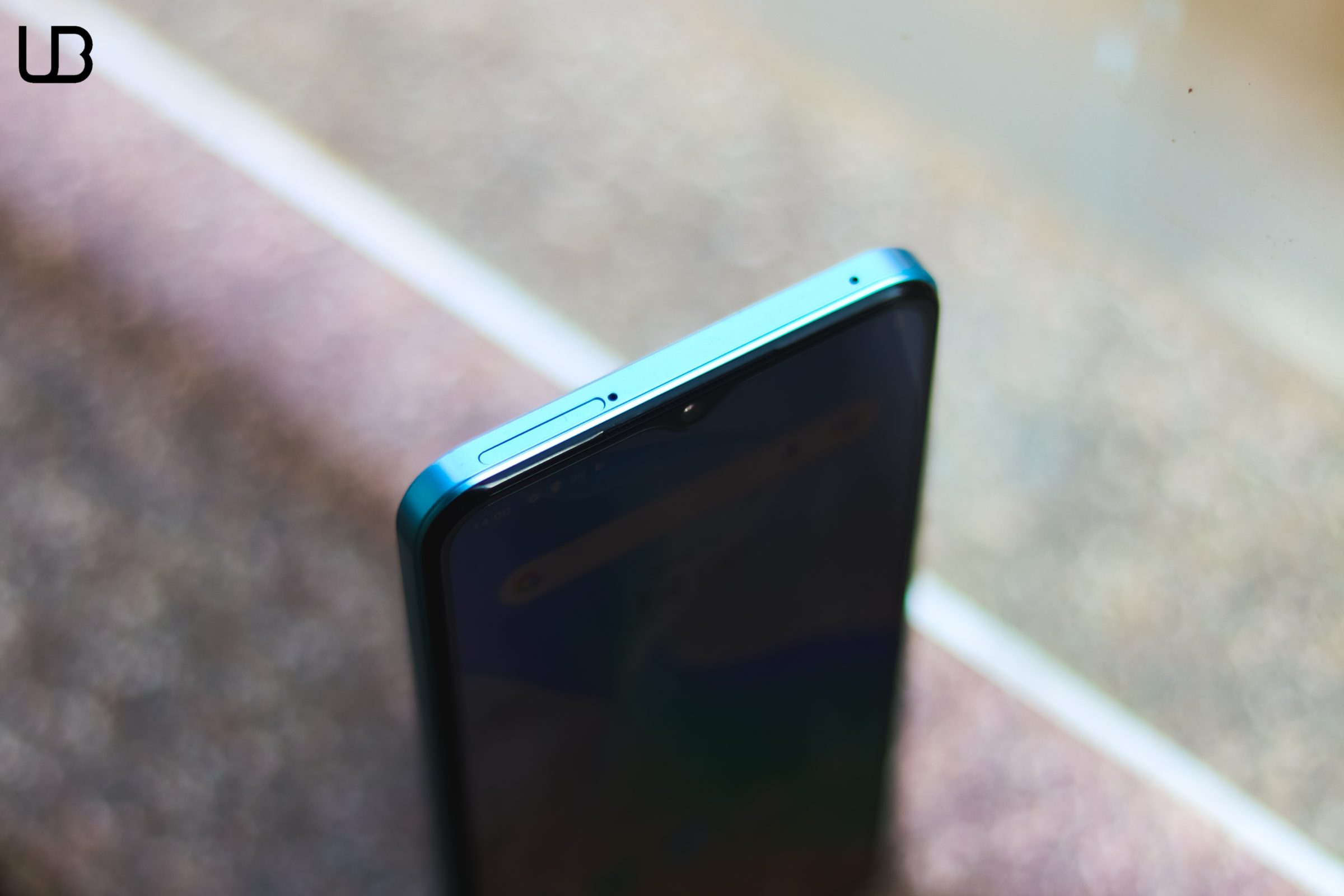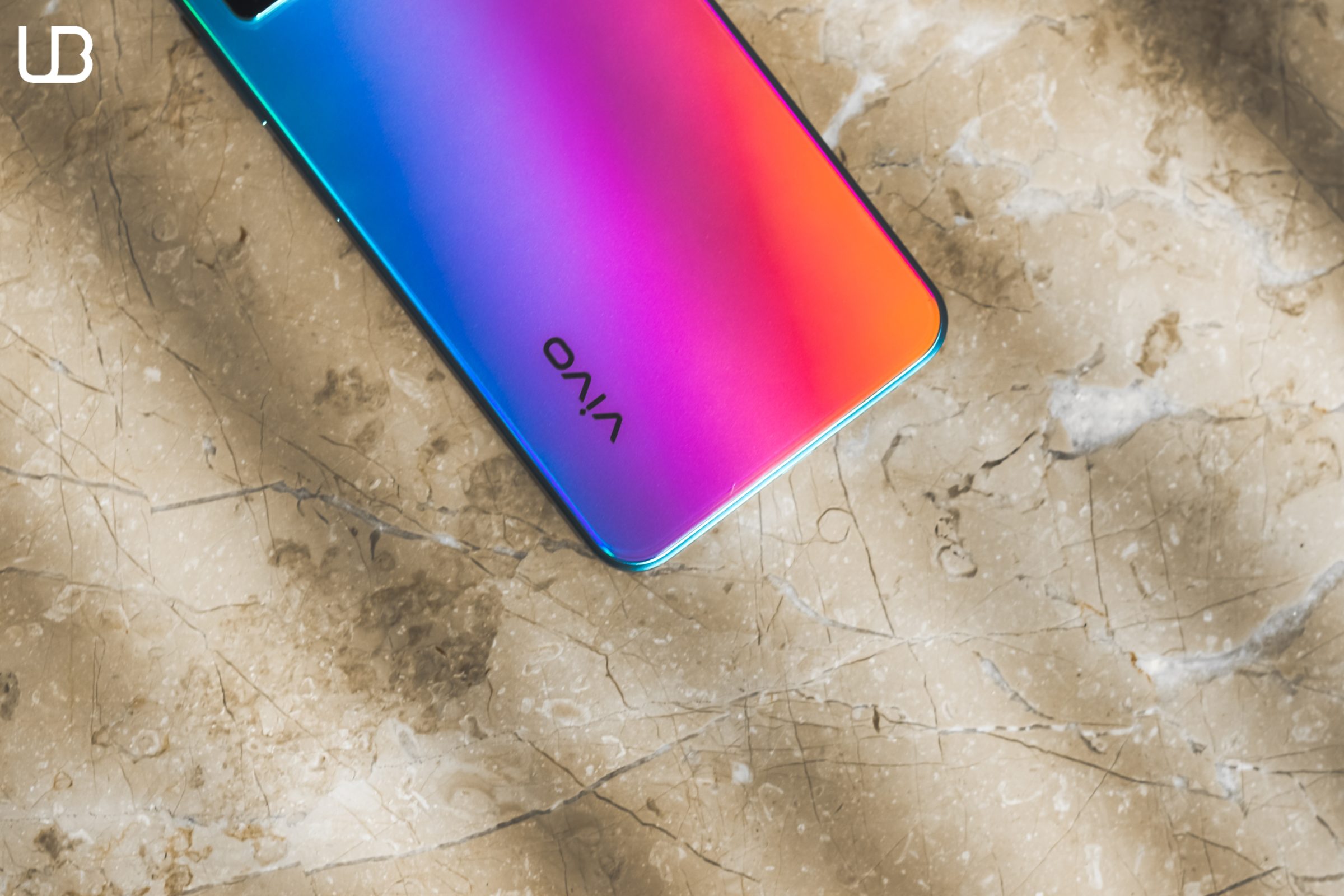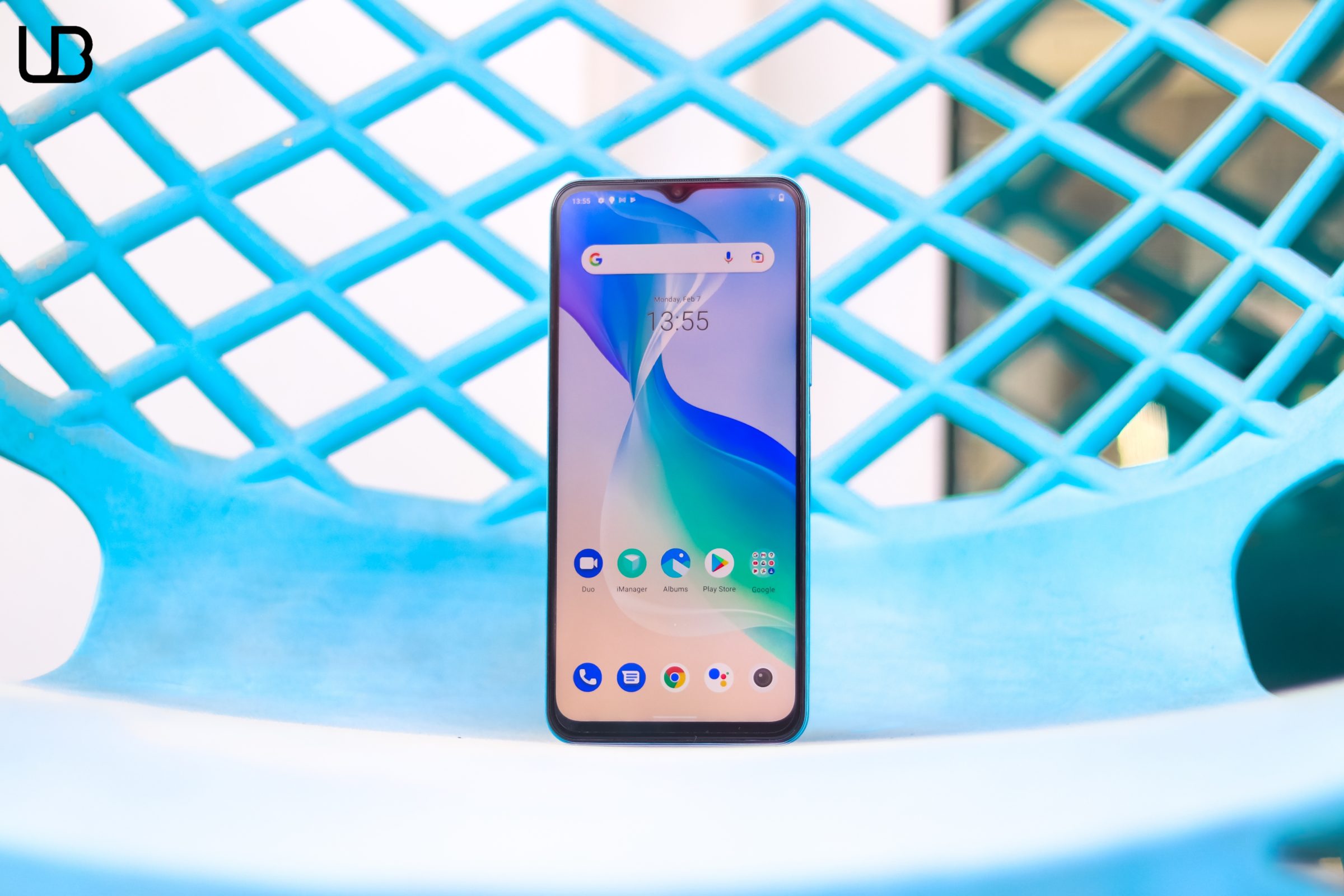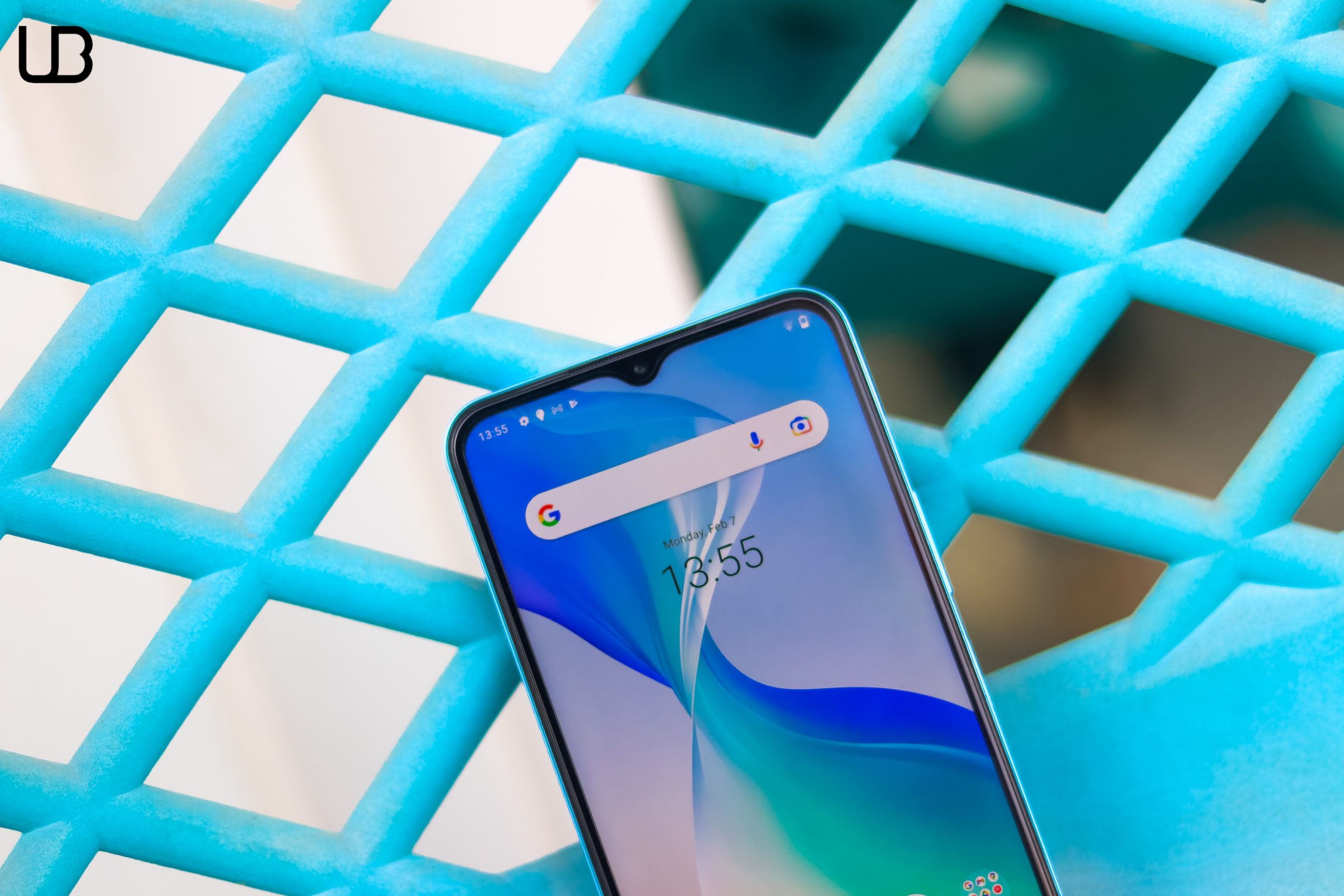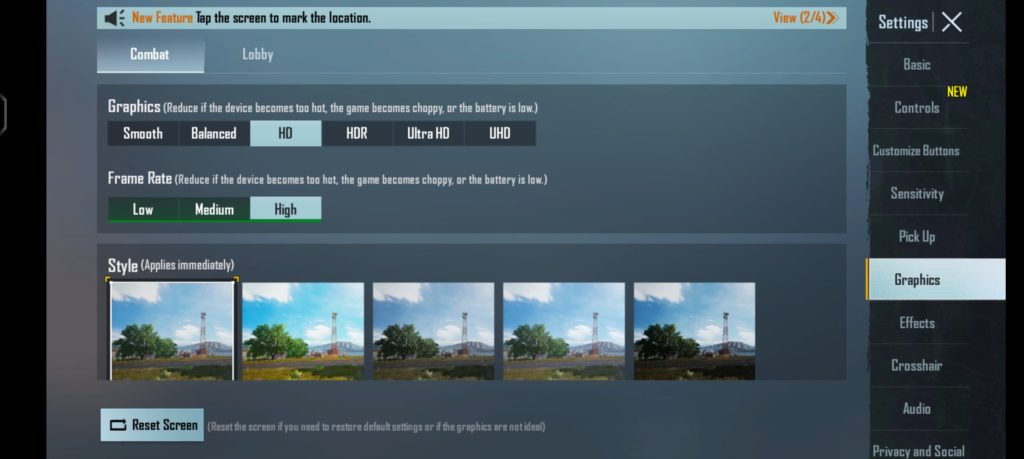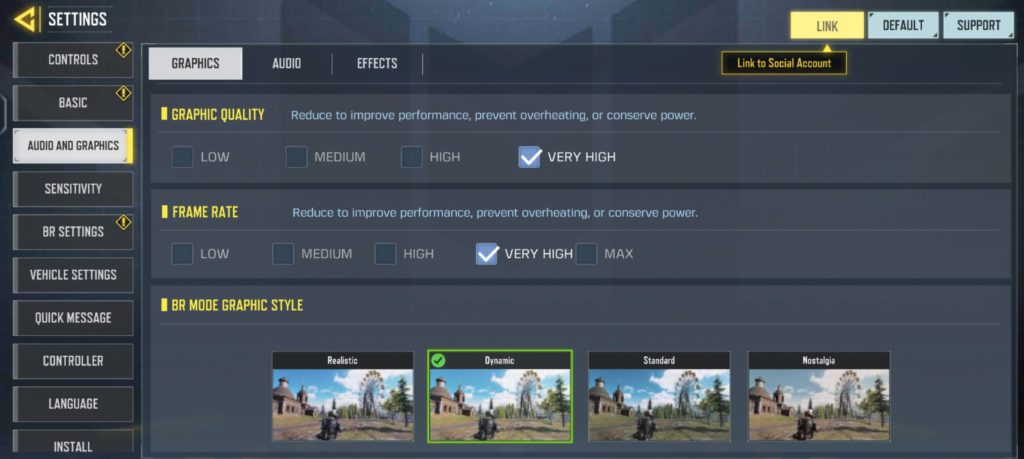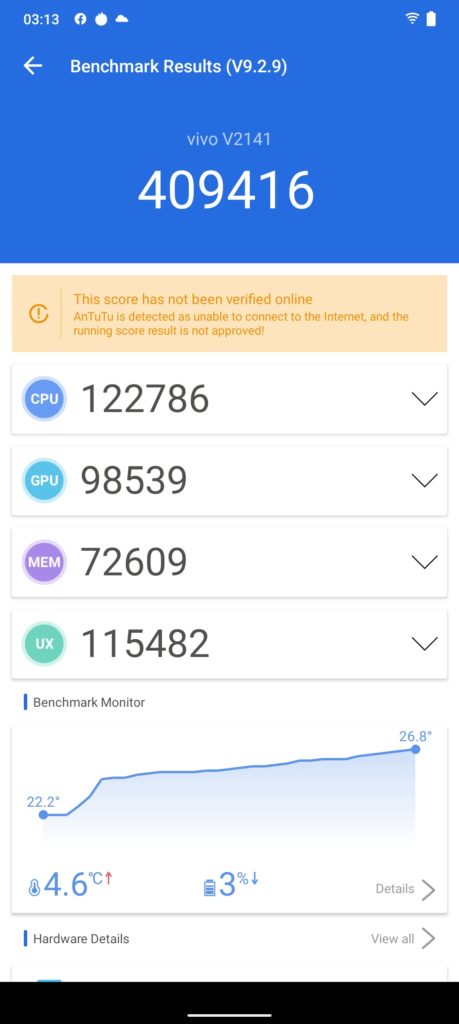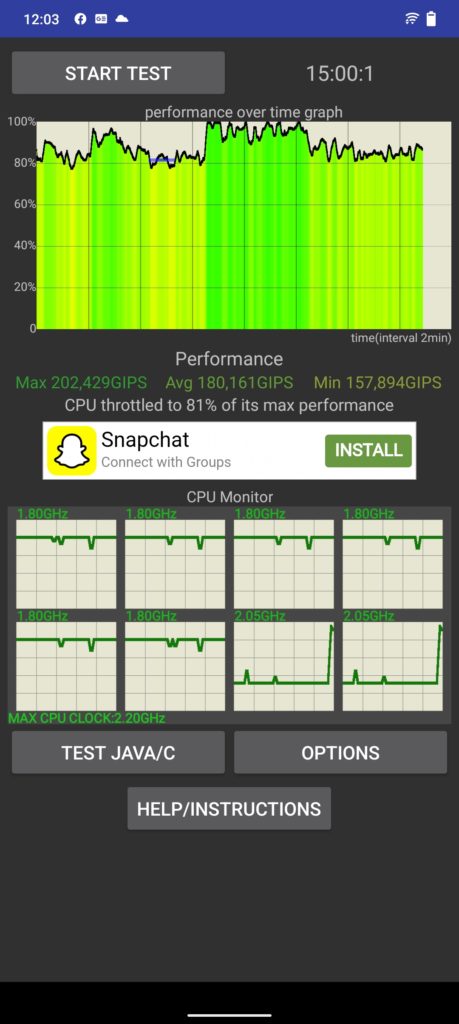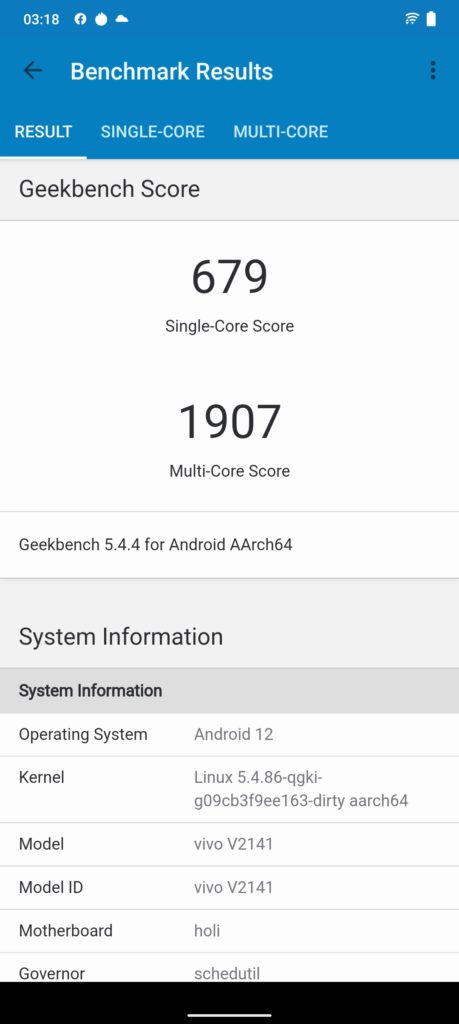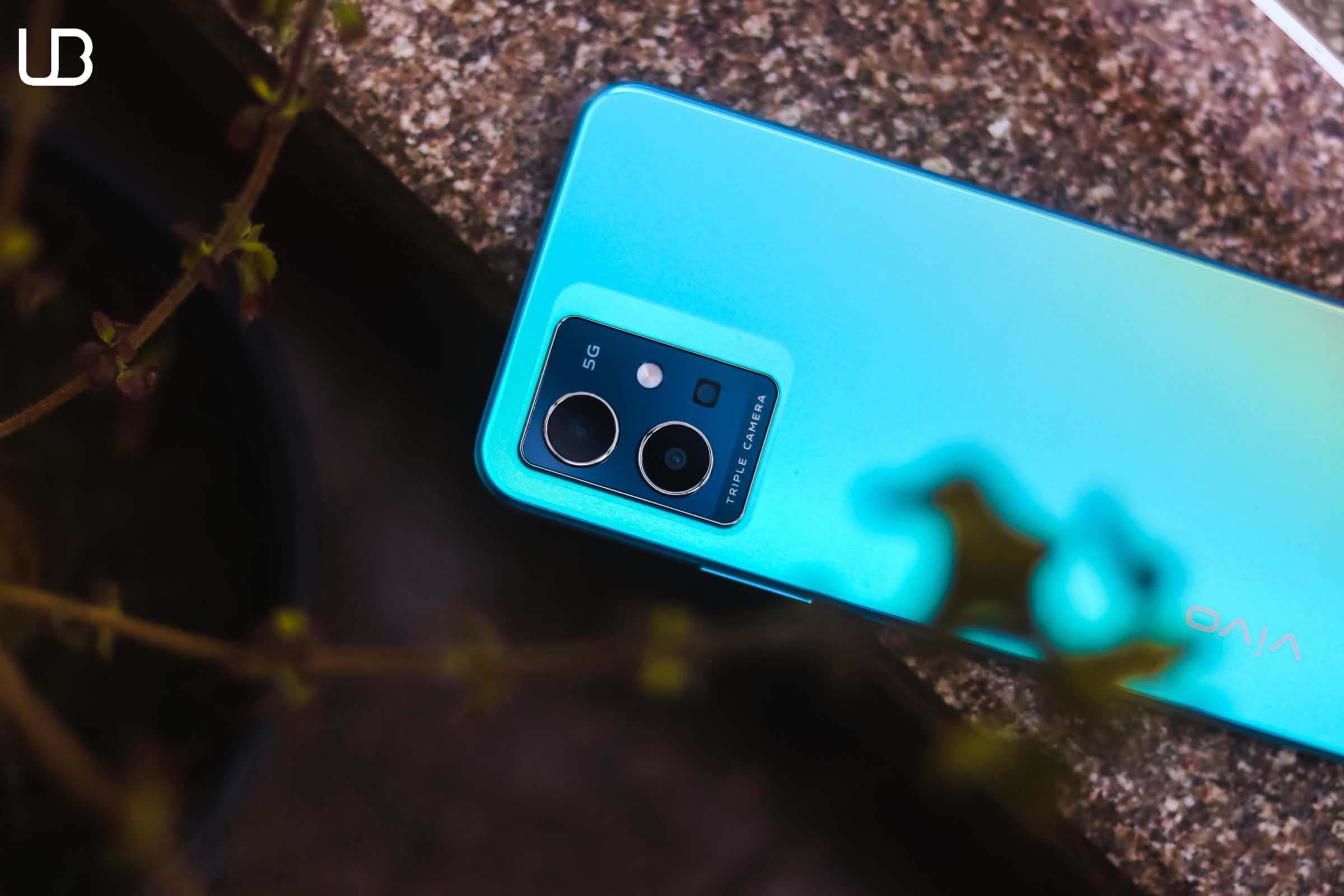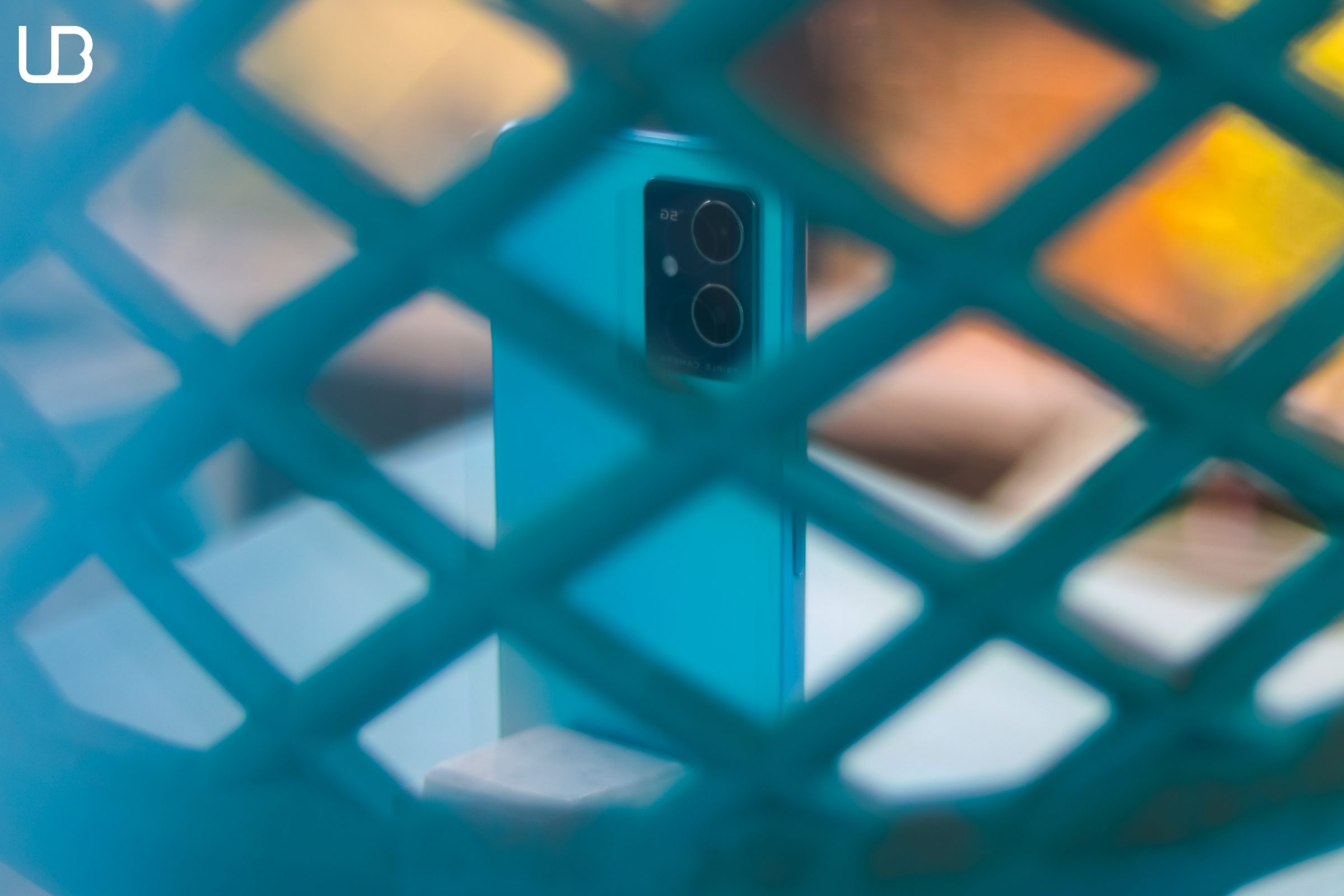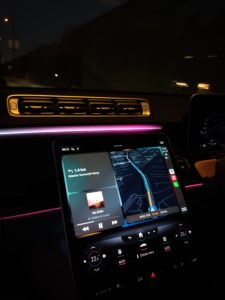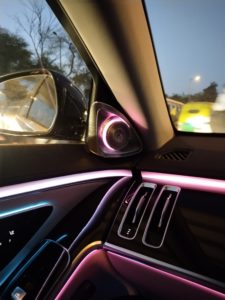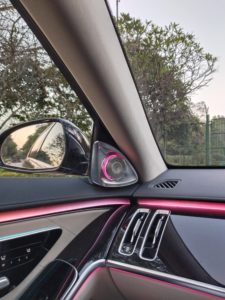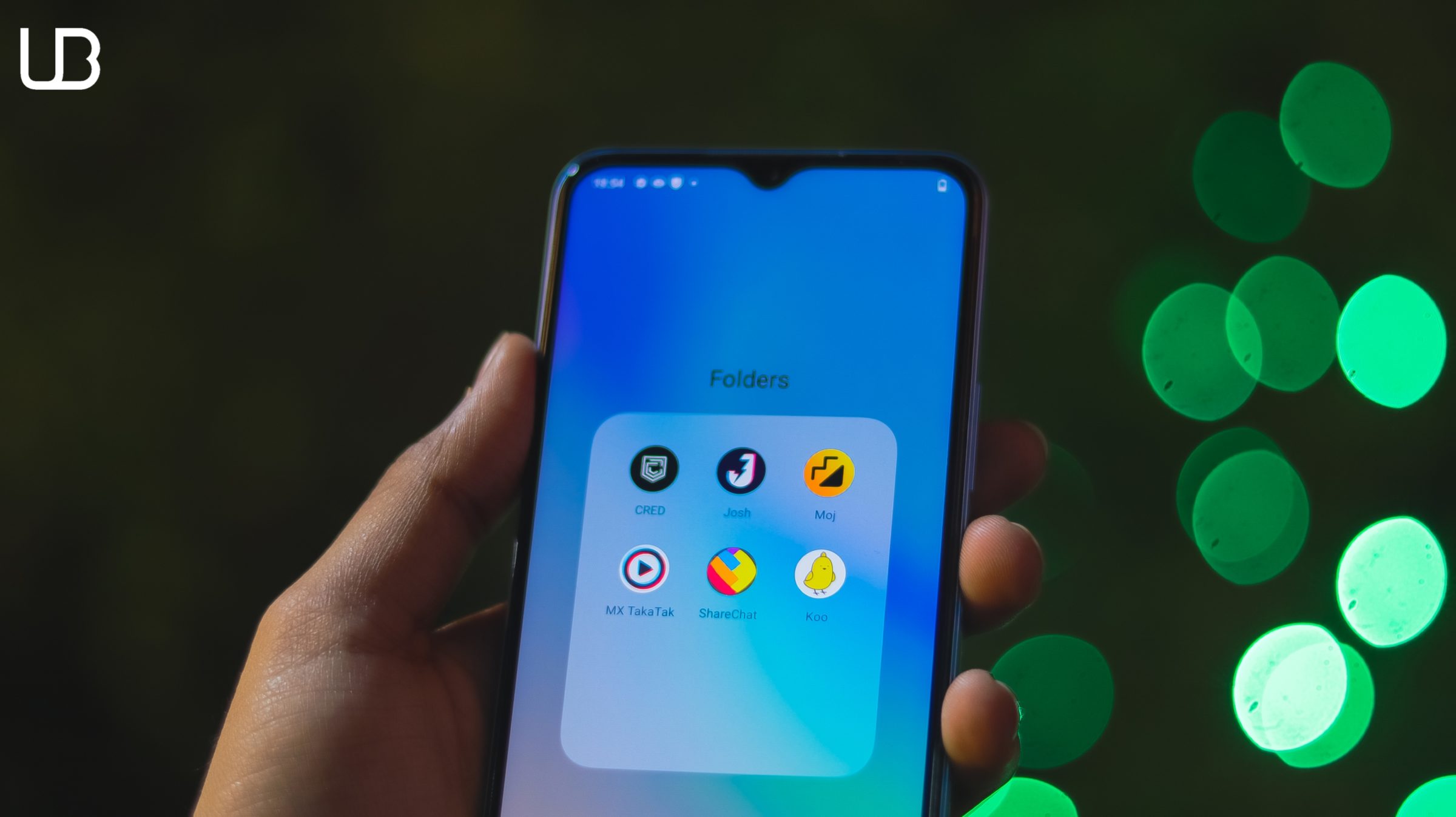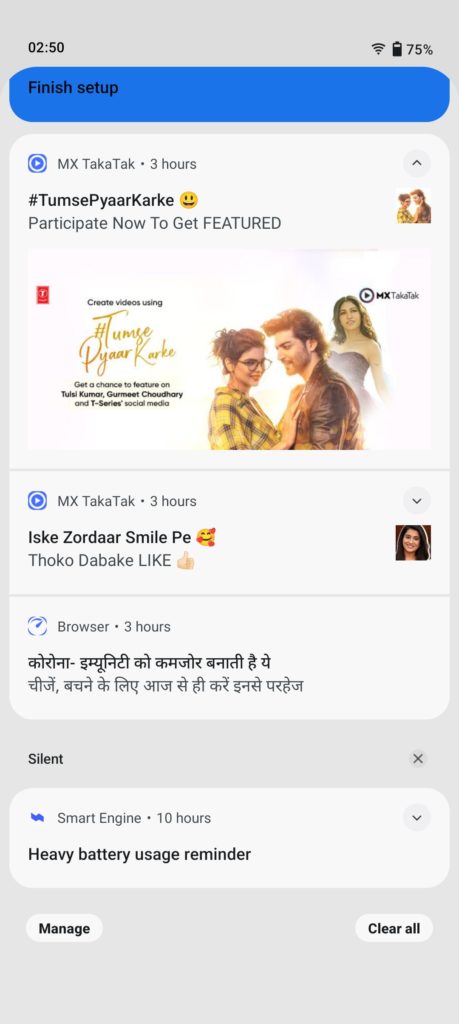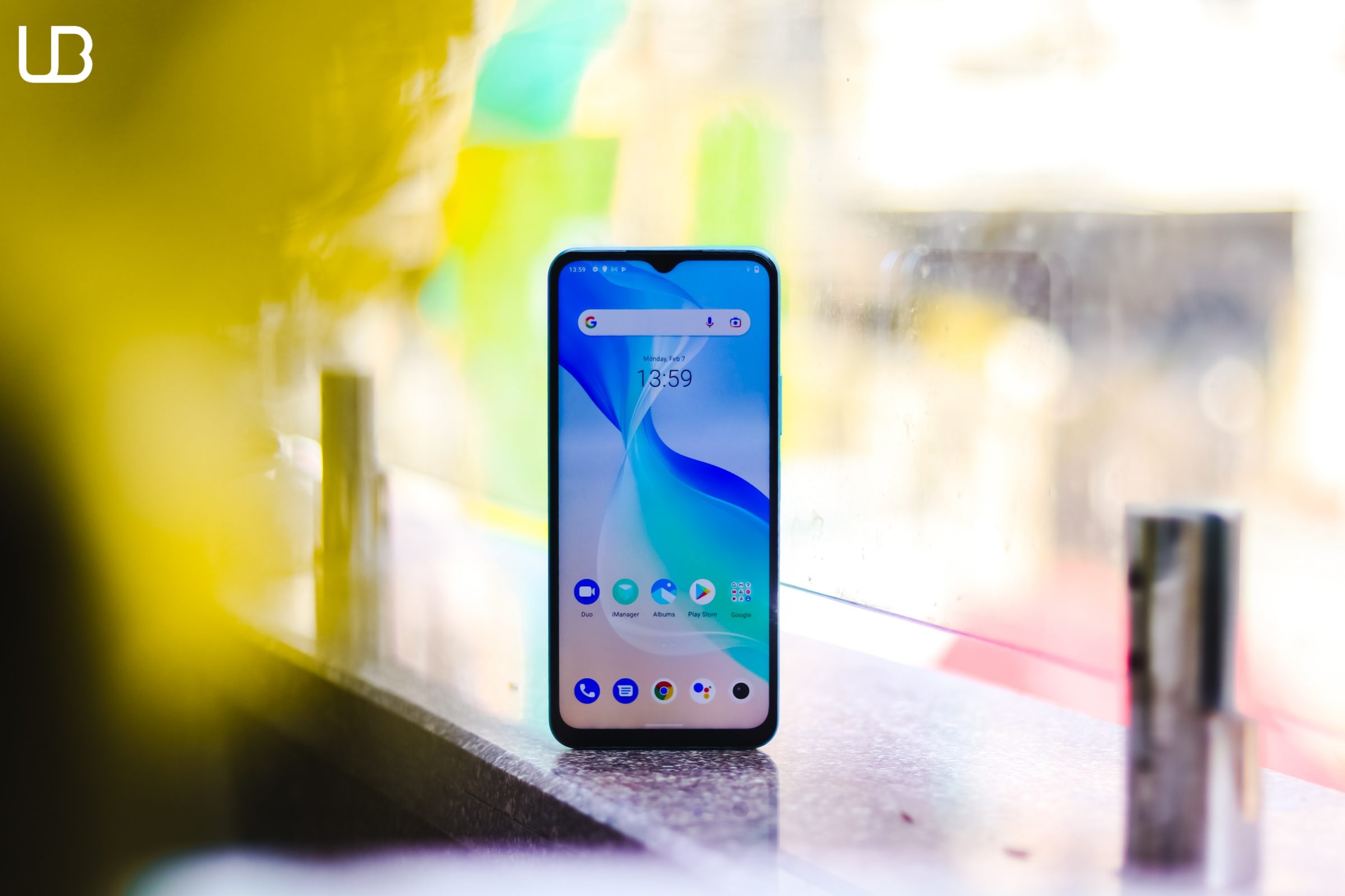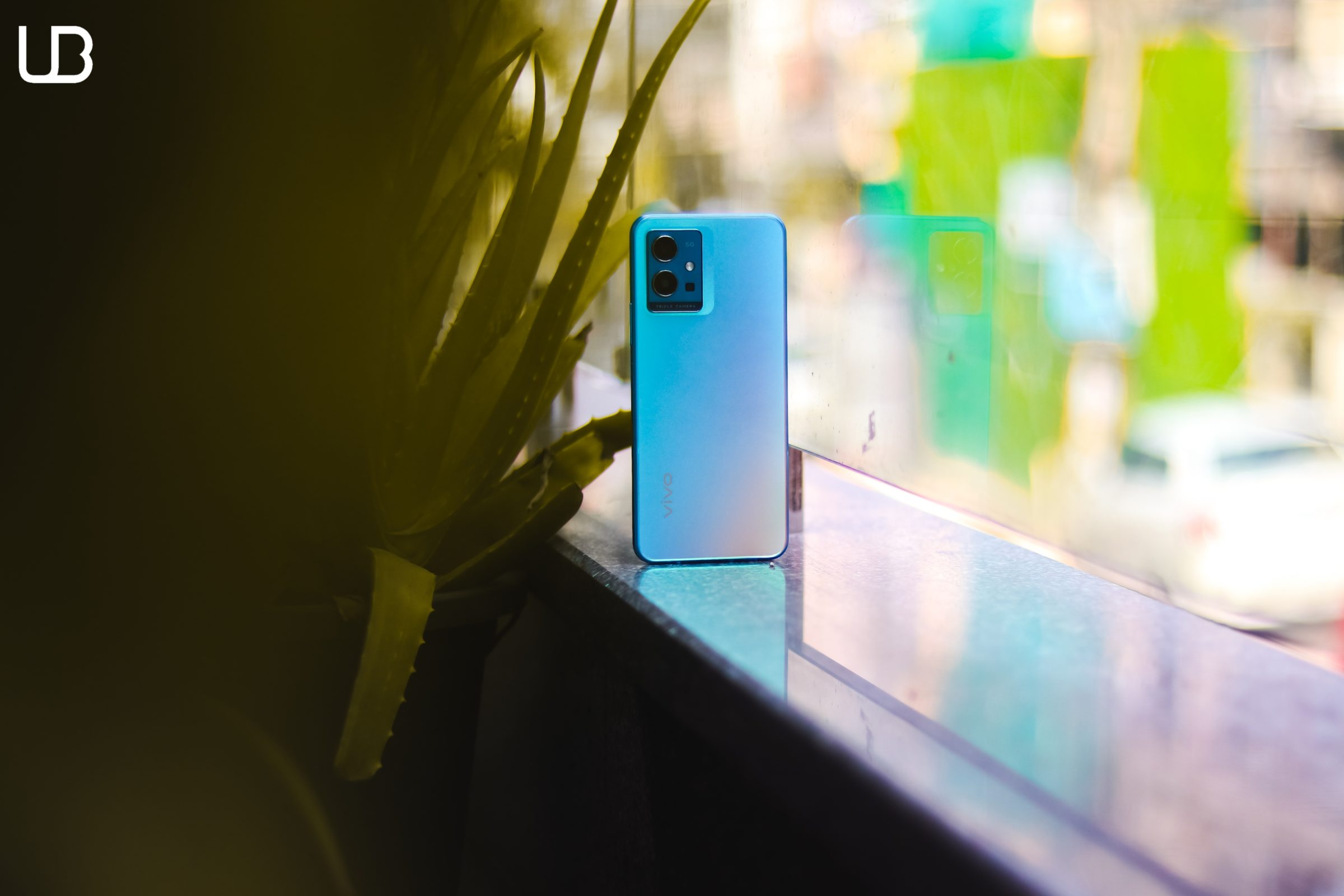Earlier, Vivo had launched its mid-range performance devices under the Vivo U series and Z series that were targeted only towards online-centric audiences. Meanwhile, the devices included in that series were capable but it wasn’t enough to shift the traction of the offline consumers to online-based devices only. Now, Vivo has announced its new series to its mid-range smartphone portfolio i.e series-T, which stands for ‘Turbo’; will be available for both online and offline centric markets and with that, they’re all set to rock the floor with its first affordable performance entrant: The Vivo T1 5G.
It’s the second smartphone that is powered by the Qualcomm Snapdragon 695 after the Moto G71. Now, the question is will a price tag of 15,990 INR stand out in this competitive market? After using it as our primary smartphone for two weeks. Here’s our review of the Vivo T1 5G. Before proceeding further, let’s peek at the specification of this device:
Vivo T1 5G Full Specifications
| Brand | Vivo |
| Model | T1 5G |
| Release date | 2022, February 14 |
| Launched in India | Yes |
| Form factor | Touchscreen |
| Dimensions (mm) | 164 x 75.8 x 8.3 mm |
| Weight (g) | 187 g |
| Battery capacity (mAh) | 5000 mAh |
| Removable battery | No |
| Fast charging | Proprietary |
| Refresh Rate | 120 Hz |
| Screen size (inches) | 6.58 |
| Touchscreen | Yes |
| Resolution | 11080 x 2408 pixels |
| Protection type | Gorilla Glass |
| Aspect ratio | 20:9 |
| Processor | octa-core |
| Processor make | Qualcomm Snapdragon 695 5G |
| RAM | 8GB |
| Internal storage | 128GB |
| Rear camera | 50 MP, f/1.8, 26mm (wide), PDAF, 2 MP, f/2.4, (macro),2 MP, f/2.4, (depth) |
| No. of Rear Cameras | 3 |
| Rear autofocus | Yes |
| Rear flash | Yes |
| Front camera | 16 MP, f/2.0, (wide) |
| No. of Front Cameras | 1 |
| Operating system | Android 11 |
| Skin | FuntouchOS 12 |
| Wi-Fi | Yes |
| Wi-Fi standards supported | 802.11 a/b/g/n/ac/ax |
| GPS | Yes |
| Bluetooth | Yes, v 5.20 |
| NFC | Yes |
| USB Type-C | Yes |
| Number of SIMs | 2 |
| SIM 1 | |
| SIM Type | Nano-SIM |
| GSM/CDMA | GSM |
| 3G | Yes |
| 4G/ LTE | Yes |
| 5G | Yes |
| Supports 4G in India (Band 40) | Yes |
| SIM 2 | |
| SIM Type | Nano-SIM |
| GSM/CDMA | GSM |
| 3G | Yes |
| 4G/ LTE | Yes |
| 5G | Yes |
| Supports 4G in India (Band 40) | Yes |
| Face unlock | Yes |
| In-Display Fingerprint Sensor | Yes |
| Compass/ Magnetometer | Yes |
| Proximity sensor | Yes |
| Accelerometer | Yes |
| Ambient light sensor | Yes |
| Gyroscope | Yes |
DESIGN & DISPLAY
Vivo is well known for crafting adorable and stylish cues into a device and Vivo T1 didn’t lose its design ethos. It looks very identical to the Vivo Y75 which was announced recently for the Indian market. To start off with the design, the plastic back holds a gradient combination of blue and pink hue which shimmers its colour when sunlight strikes it. This matte back doesn’t attract smudges with ease which screams its design to catch more eye-balls and the Rainbow Fantasy colour which we are using for conducting this review, no doubt it feels beautiful.
There is also another colourway i.e, Starlight Black resembles the shining stars texture on a matte black back. Due to its matte back design, this adds an advantage to the better gripping of the device. The camera bump traces on the back exceed outside from the camera bump boundary which I felt was kinda odd which are present on it for aesthetics. It often feels like Vivo slapped the Vivo Y75 back with a slightly smaller camera bump. This design cue is subjective, but it triggers our OCD. However, the flat edges are also made up of plastic but feels durable.
Vivo vouches for it as the ‘India’s Slimmest 5G Smartphone under 20K’ with a slim profile of 8.25mm and a weight of 187 grams. It feels lightweight and slim during in-hand operations. Delivering the physical overview, it holds a power button which also doubles up as a physical fingerprint scanner and a volume rocker on its right whereas the left is bare. On the bottom, there is an accommodation for a USB Type-C Port, a secondary microphone, a headphone jack and a mono speaker. At the top, there is a SIM tray slot and a microphone-equipped on it. The other boon is it supports expandable memory card expansion of up to 1 TB.
The Vivo T1 shares a 6.58 inch FHD+ IPS LCD Display with a refresh rate of up to 120hz and 360hz of the touch sampling rate. You may feel disappointed because brands have spoiled others by providing AMOLED display panels at this price bracket. However, it also sports an option to toggle between 60Hz, 90Hz and 120hz for preserving battery juice. This display reproduces vibrant and clean colours but there’s a small catch here; this LCD display pushes out 460 nits of peak brightness which can be problematic while using it under direct sunlight.
Furthermore, the choice of adding a dewdrop notch tends to make it a bit outdated whereas this segment is bombarded with the punch hole camera layout which also consumes less space on the display. It onboards 3 colour profiles;- Standard, Professional and Bright. However, we’ll recommend switching it to a ‘Bright’ colour profile and adjusting the colour temperature adjustment towards a little cooler side. Another caveat here that I found is that it supports the Widevine L1 certification but lacks the HDR playback while using Netflix.
PERFORMANCE
The Vivo T1 5G is powered by the Qualcomm Snapdragon 695 chipset which supports 5G connectivity and is an incremental update over the Qualcomm Snapdragon 765G. This processor is based on 6nm which delivers a clock speed of up to 2.2Ghz. Due to a slightly weaker GPU, it’s hard to push out the maximum graphical output while playing games. For instance, it isn’t the most powerful SOC out there but can suffice your daily tasks and a handful of gameplays. While playing BGMI, the graphics maxed out at HD graphics with a high frame rate and on Call of Duty Mobile, the graphics maxed out at very high with very high frame rates.
If pure performance is what you’re after, the iQoo Z3(review) with its Qualcomm Snapdragon 768 packs in a much stronger Adreno 620 GPU which gives it an upper hand in graphic-intensive games but for that, you have to raise your budget till Rs. 20,000. If benchmark scores matter more to you; it scores 409416 in Antutu Benchmark, in GeekBench 5, it scores 679 in Single-Core Score and 1907 in Multi-Core Score. During the CPU throttling test, the Vivo T1 5G throttled to 81% to its max performance. It is available in three storage configurations:- 4GB RAM + 128GB ROM, 6GB RAM + 128GB and 8GB RAM + 128GB. It supports 2 5G bands which is a snag while considering the competition on the table.
CAMERA
While the rest of the camera at this segment pushes the gamut in the right direction, Vivo T1 5G offers a powerful 50MP Primary Samsung JN1 sensor coupled with a weak 2MP Depth sensor and 2MP Macro sensor. However, the lack of an ultrawide sensor really took away an opportunity for this device to stand out against its contenders.
Pictures that are captured from the primary sensor emit slightly saturated from the natural look of the scene which looks pleasing to the eyes. In outdoor conditions, the device manages the dynamic range pretty well with an ample amount of details as far as the price bar is concerned. The photo processing also maintains the shadows to be properly lit. Moving towards low light situations, the noise levels pops out and softening is quite evident in pictures. The edge detection works flawlessly in portrait mode and object separation is on-point.
Onto its front optics, this 16MP selfie camera shoots sharp images with an adequate level of details and the colour tones are inclined towards less saturated than natural in well-lit scenarios. As far as video capabilities are concerned, it can shoot up to 1080p resolution at 60fps and sadly it lacks the support for 4k resolution. The other shortcoming is that there’s no EIS (electronic image stabilization) onboard which leads to shaky video footage.
SOFTWARE & BATTERY
Vivo T1 runs on FunTouch OS 12 which is running on Android 12 out of the box and is well optimised and feature-rich. During our usage with this device, we didn’t encounter any major bugs or issues rather than micro stutters during navigating into the UI. To keep the price competitive, Vivo bombarded it with some bloatware like Cred, Josh, Moj, MX Takatak, Sharechat which can be uninstalled with ease. These bloatware apps showers spam notifications but that was resolved as soon as unnecessary apps were removed.
It packs in a 5000mAh battery which is a table stake for this price tier and Vivo T1 stands on that. This battery backup can easily last a day on a full charge with a moderate usage that includes browsing social media, making phone calls and listening to music which stands it to last till 7 hours on average which is decent. This device doesn’t stand out in terms of fast charging which is latched to 18W only. Meanwhile, the other competitors offer 33W fast charging which drags it a little down in this segment. Juicing this battery up, it takes almost 1 hour 45 min to fuel it up from 0%-100%.
THE UNBIASED VERDICT
The Vivo T1 5G is available in two colours:- Rainbow Fantasy and Starlight Black which is priced at Rs 15,990 for the 4GB RAM + 128GB ROM, Rs 16,990 for 6GB RAM + 128GB ROM and Rs 19,990 for 8GB RAM + 128GB ROM.
The Vivo T1 focuses on the everyday experience over raw performance and it delivers an excellent camera experience, and this new squared-off design attracts attention from its over-bright competitors. The Qualcomm Snapdragon 695 is a capable processor which delivers reliable performance and can steer multitasking and gaming which is clocked at 40fps due to a slightly weaker GPU. But, that doesn’t pull off the gaming capabilities which it delivers at such a price point. The display supports a 120Hz of refresh rate in the world of LCD. There are some drawbacks too that need your observation such as a 2019ish dewdrop notch, lack of ultrawide camera, charging speed is limited to 18W and a couple of 5G bands. However, if you’re someone who’s okay with these drawbacks; this device is a nice option to buy as your daily driver.
Looking at some other alternatives, Realme 9i which is recently launched holds some major benefits such as a bigger display, an attractive design, stereo speakers, fast charging coupled with a bigger battery but cuts on to the rear camera experience which is still lacklustre, even after sacrificing 5G capabilities; the processor is still at power efficiency and performs like its a 2021 budget smartphone and the lack of ultrawide lens.
Moto G71 is also a considerable option that offers an AMOLED display bundled with 33W of fast charging and a stock android experience. There’s also Redmi Note 11 in this list which vouches for its strong battery life and an excellent AMOLED display with a refresh rate of 90hz. If MIUI is your taste and you don’t care about your smartphone to be future proof with 5G connectivity, it’s also a decent option to consider according to your needs.
Disclaimer: We tested the Vivo T1 5G (8GB+128GB) for two weeks before writing this review. All our reviews are unbiased and are published without the brand getting to read it before you guys. We don’t change our reviews on pressure from brands and that’s the reason we are not sent review units from companies like Samsung, OnePlus, Xiaomi, and a few more.
